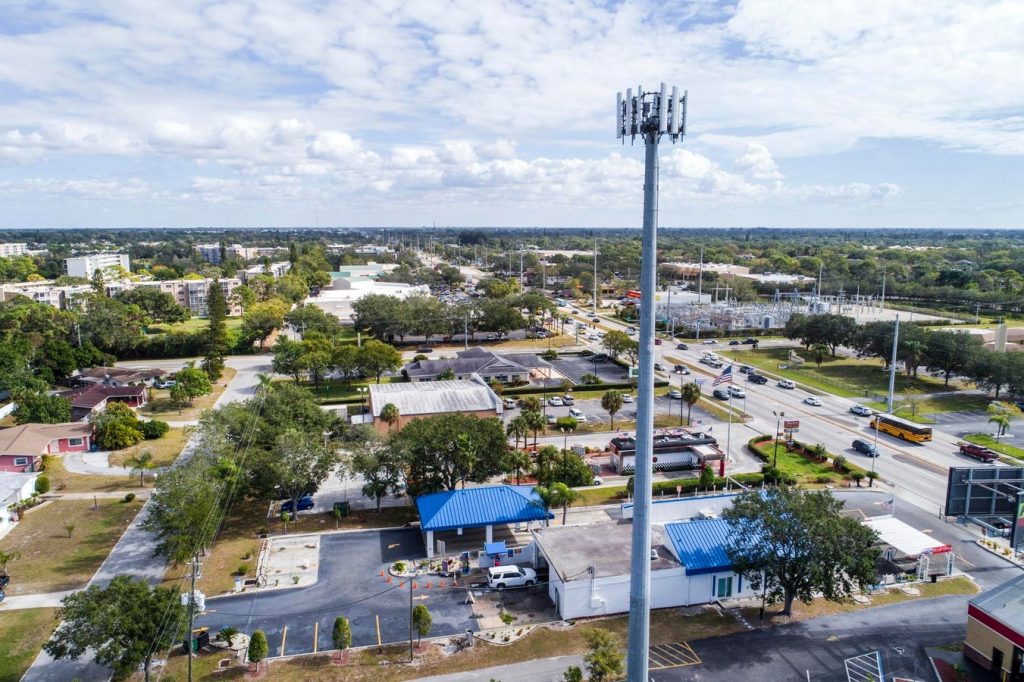In an age where privacy concerns are at the forefront of technological discussions, many smartphone users believe that turning off their location services ensures their movements remain private.
However, a lesser-known form of location tracking known as Cell Site Location Information (CSLI) continues to log your whereabouts, regardless of your smartphone’s settings.
What Happens When You Turn Location Services Off?
When you turn off location services on your phone, you are disabling the ability of apps on your phone to access your precise location data. This means that apps that rely on GPS, Wi-Fi, and cellular data to provide location-specific services will not be able to access your location. However, the cellular system must know where you are, so while your apps may no longer be able to access your cellular data, it is still being recorded.
How The Cellular System Works
The cellular system is made up of cell towers that transmit and receive signals to and from our phones. Each tower is assigned a specific area of coverage, known as a cell. When we make or receive a call, our phone sends a signal to the nearest cell tower, which routes the call to the intended recipient. This process requires the cellular service provider to know the location of our phone so it can be routed to the correct cell tower.
Think of the cellular system as a highway system with cell towers as exits. When you need to make a call or send a text, your phone must take an exit (cell tower) to connect to the highway (cellular network). Just like how you need to know which exit to take to get to your destination, the cellular system needs to know your phone’s location to route your call or text to the appropriate cell tower.
This data is contained in Call Detail Records (CDR), which are a primary form of evidence in matters where the historic location of a cell phone is in question. CDRs allow one to determine what cell tower a phone was connected to when a call or text was made.
Call Detail Records
CDRs are a type of telecommunications data that provides detailed information about calls made and received on a mobile phone. These records contain a wealth of information, including the time and date of the call, the duration of the call, the number dialed, and the location of the cell tower that was used to transmit the call.
CDRs are primarily used for billing and customer service purposes, but they can also be used to track the location of a mobile phone. Over time, this creates a historical record of the phone’s location, which can be used to track its movements and determine where it has been at different times.
How Law Enforcement Uses CSLI
- Placing Suspects at Crime Scenes: By analyzing historical CSLI data, investigators can determine if a suspect’s phone was in the vicinity of a crime scene at the time an offense occurred.
- Establishing Patterns: CSLI can reveal regular movements, such as daily commutes or frequent visits to specific locations, helping build a profile of a suspect’s habits.
- Corroborating or Disproving Alibis: CSLI data can confirm or refute a suspect’s claims about their location at a given time.
- Identifying Accomplices: By cross-referencing CSLI data from multiple phones, investigators can establish connections between individuals.
Not The Same As Triangulation
Cell Site Location Information (CSLI) and triangulation are often confused, but they are distinct methods for determining a phone’s location. CSLI logs your phone’s connection to a single cell tower, providing a general idea of where you were at a specific time based on the tower’s location. It’s a passive, historical record that indicates proximity rather than precision, making it useful for generalized location data.
In other words, historic CSLI would allow you to tell if someone was in the coverage area of the cell tower where their home is located, but you would not be able to determine if they were inside the home or down the street walking the dog.
In contrast, triangulation is done in real time and actively calculates your location by measuring signals from multiple towers simultaneously. By analyzing the distance between your phone and at least three towers, triangulation can pinpoint your exact position with far greater accuracy.
Read the full article here






